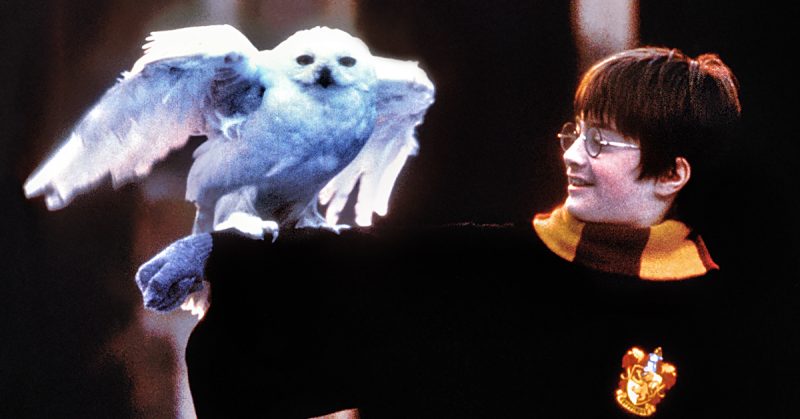The Harry Potter novels are some of the most magical books you’ll ever read. They delight adults and children alike.
Yet while J.K. Rowling’s words might take you to a realm of pure fantasy, some of the ideas and characters within the books have their roots firmly grounded in ancient myths and folklore — and some are based on objects from the real world.
Ancient creatures
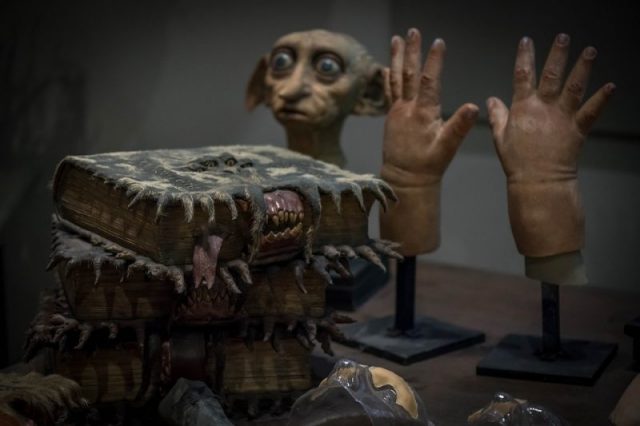
Most people will have heard of a phoenix or a dragon. Anyone well-versed in fairies or folklore might recognize some other creatures in the Potterverse as well.
The basilisk is a creature so old that it was written about by Pliny the Elder in 79 AD. In his Natural History, he described it as being not more than 12 fingers in length with a white spot on its head in the form of a crown. Many people believed that the basilisk was the king of the serpents, and its name in Ancient Greek means “little king.”
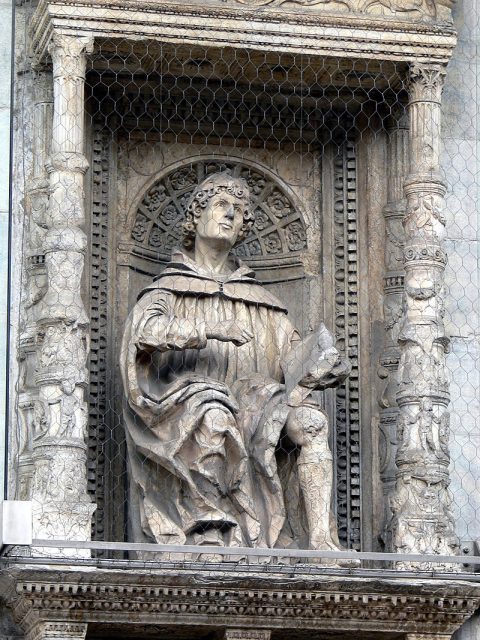
Pliny went on to say that its breath was so noxious that it could wither grass. If a man on horseback should plunge a spear into the creature, the basilisk’s poison would run up the weapon and not only kill the rider, but also his horse. It’s lucky for Harry that Rowling chose to tone down the deadly nature of this beast.
Boggarts are creatures which Rowling borrowed from English folklore. We first meet a boggart in a Defence Against the Dark Arts class run by Professor Lupin in The Prisoner of Azkaban.
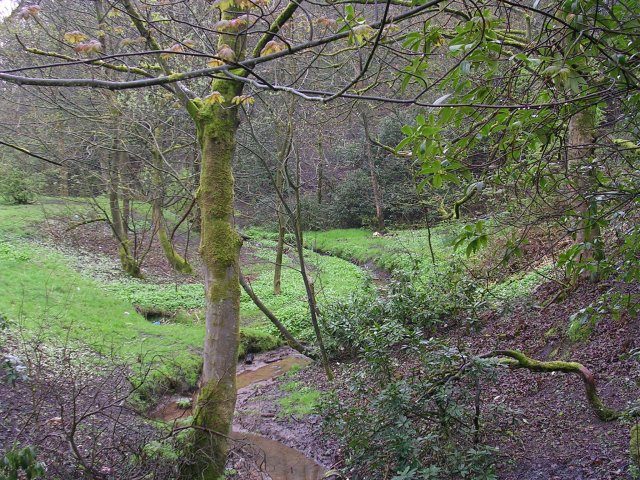
The boggart in the Potterverse can transform into the worst fear of the person in front of them. However, boggarts according to the superstitions of our world possessed no such powers.
Katherine Briggs, in her Encyclopaedia of Fairies, describes a boggart as a mischievous brownie with habits similar to a poltergeist. A boggart would disrupt the household and play tricks, but would never be seen.
A bit closer to the original source are the grindylows which live in the lake next to Hogwarts. In The Goblet of Fire, they guard the stolen loved ones as part of the second task in the Triwizard Tournament.
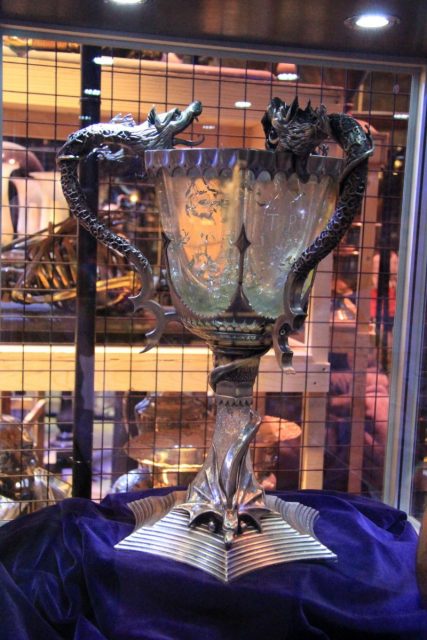
They are listed in Brigg’s Encyclopaedia too, and are described as “nursery bogies,” a form of fairy that was invented to prevent small children from misbehaving in dangerous ways. It was said that any children venturing too close to a deep pool might find themselves being dragged down by the grindylows to drown in the depths.
Nicolas Flamel
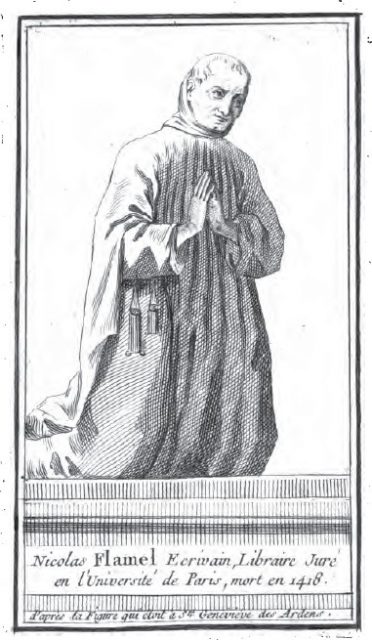
This man really did exist and lived in Paris in the 14th and 15th centuries. During his life he worked as a scribe, and it was only after his death that he was linked with alchemy.
About 200 years after his death, rumors arose that he’d not only managed to create the philosopher’s stone (that can turn base metal into gold) but also that he and his wife, Perenelle, had gained immortality by discovering the Elixir of Life.
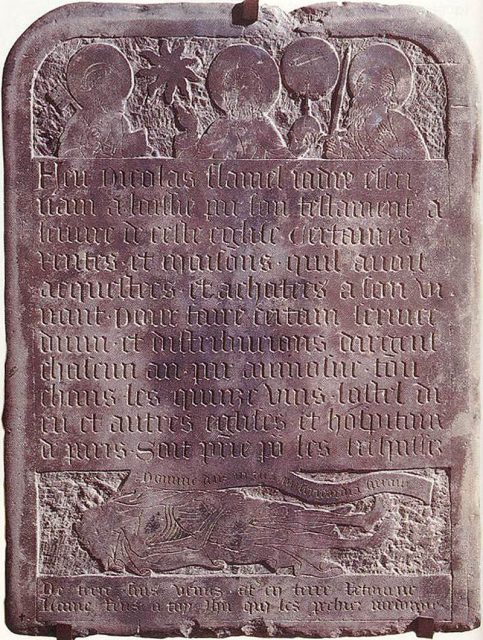
These claims came about because of the publication of the Exposition of the Hieroglyphical Figures in 1624. This was a text attributed to Flamel in which he described his life’s work of trying to find the philosopher’s stone.
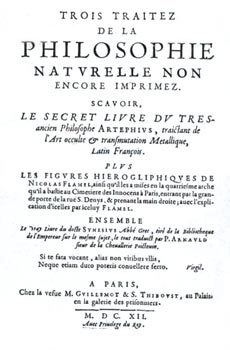
The introduction stated how he bought a mysterious 21-page book that he went to Spain to have translated. This book was identified by a sage he met as being the original Book of Abramelin the Mage. It was from this that he made the stone and the elixir.
Mandrake
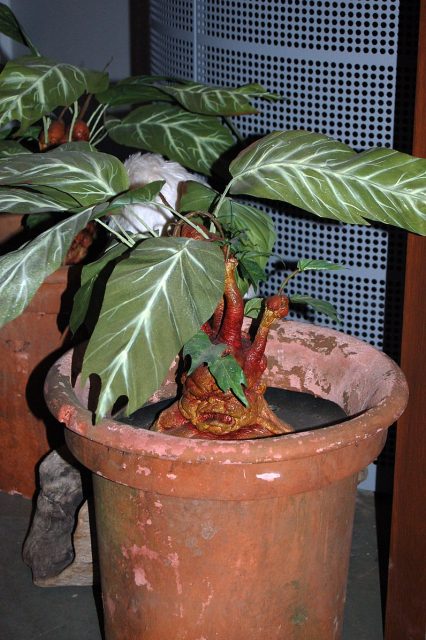
Harry and his friends encounter a mandrake in The Chamber of Secrets. It comes in rather useful for reanimating those who have been petrified by the basilisk.
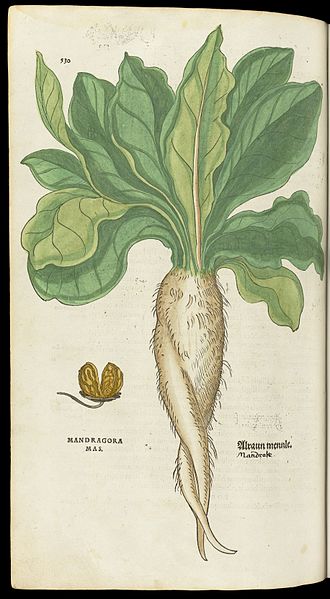
Mandrake is a plant that exists in real-life, and although it doesn’t have exactly the same appearance as the ones found at Hogwarts, plenty of people did think the roots looked like human figures.
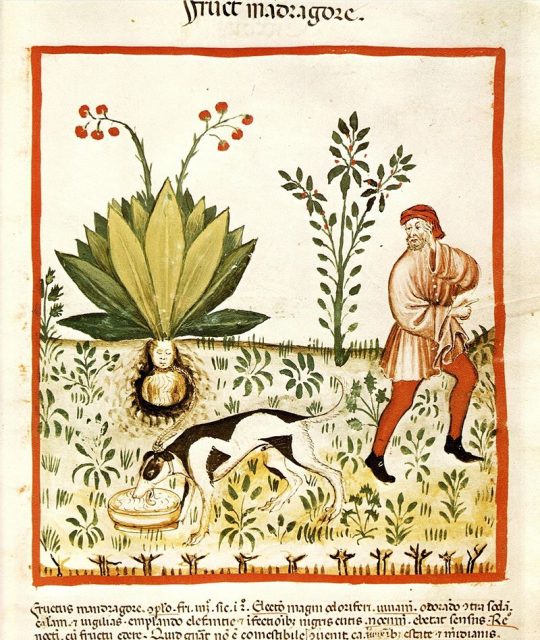
Legend also has it that when the mandrake is dug up, it releases a fearful scream that can kill anyone who hears it. To get around this, people would tie one end of a piece of string around the plant and the other end around an animal, so that the animal would be the one to pull up the plant and die.
Meaningful names
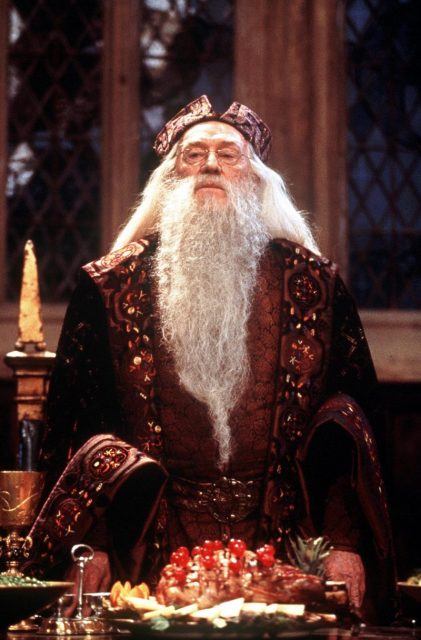
Some of the characters have the most outlandish names, but many of them were based on real words or names.
Sirius Black, the man who turns into a dog, is named after the constellation Canis Major (meaning the Greater Dog). The brightest star in this collection is called Sirius, or “the Dog Star.”
Dumbledore surely sounds made up, but it is in fact an old English word meaning “bumble bee.” It’s a compound word bringing together “dumble” (similar to bumble) and “dor” meaning a buzzing, flying insect.
Dobby the house-elf gets his name from Lancashire and Yorkshire, where “Dobby” is the name of a hobgoblin or brownie who plays mischievous tricks. Katherine Briggs likens him to Robin Goodfellow.
Perhaps the world of Harry Potter is not as far removed from our own as we might think…
